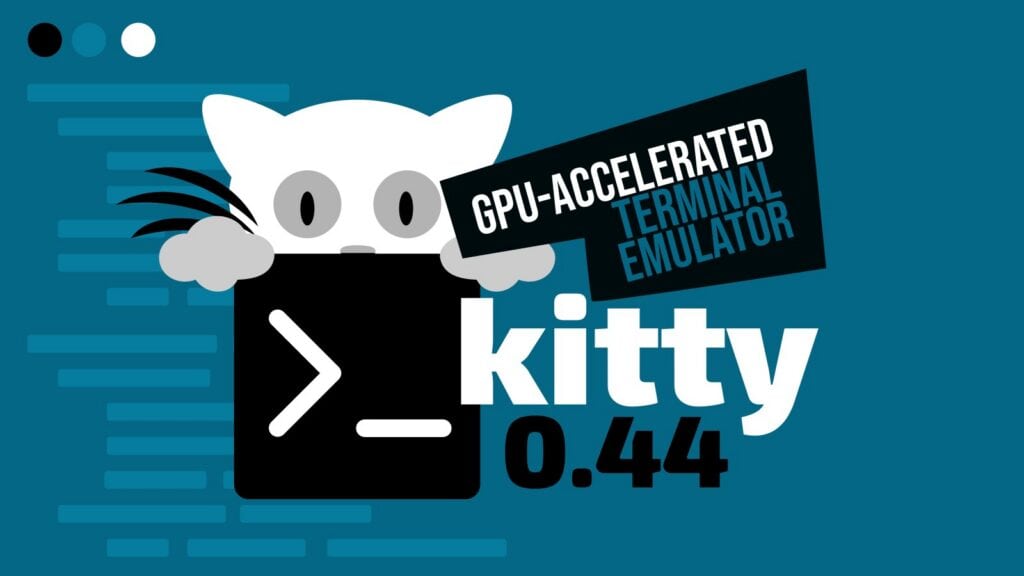Kitty, one of the most feature-rich, GPU-accelerated, and highly efficient cross-platform terminal emulators, has just unveiled its latest update—version 0.44, which focuses heavily on stability while introducing support for Unicode 17, the latest major version of the Unicode Consortium’s standard for encoding text.
One of the most notable additions is the new env directive in kitty.conf, which allows Kitty to read a defined set of environment variables directly from your login shell at startup. Another useful tweak is draw_window_borders_for_single_window, which gives users the option always to display a border, even when a single window is open.
Version 0.44 also fixes several regressions introduced in the 0.43 series. Among them are a black flicker issue that occurs when closing tabs with a background image, a high CPU usage bug that appears when ligatures are disabled, and a tab bar rendering problem that sometimes displays incorrect tabs. Rendering reliability has also been improved for systems running older GPU drivers lacking 16-bit texture support.
On macOS, this release focuses on substantial improvements in performance and stability. Kitty now includes a workaround for a Tahoe-related full-screen crash, more efficient power usage (up to 10% better), a fix for Quick Access Terminal crashes, and smoother handling of file drops. A new global menu item also lets users cycle through open OS windows more easily.
For Wayland users, version 0.44 fixes issues with center-sized panels on Smithay-based compositors and adjusts mouse wheel scrolling behavior for devices that generate “VALUE120” events too quickly.
Session management has been refined with two new features: a focus_tab command to define the active tab when loading sessions and a --base-dir option for save_as_session, allowing more flexible session file organization. Session saving now preserves visual tab order and the active tab state, aligning with how most users expect their layouts to be restored.
Other improvements include improved corner rendering at low DPI, fixes for automatic color scheme switching, and smoother handling of animated images.
For more information, see the changelog.
